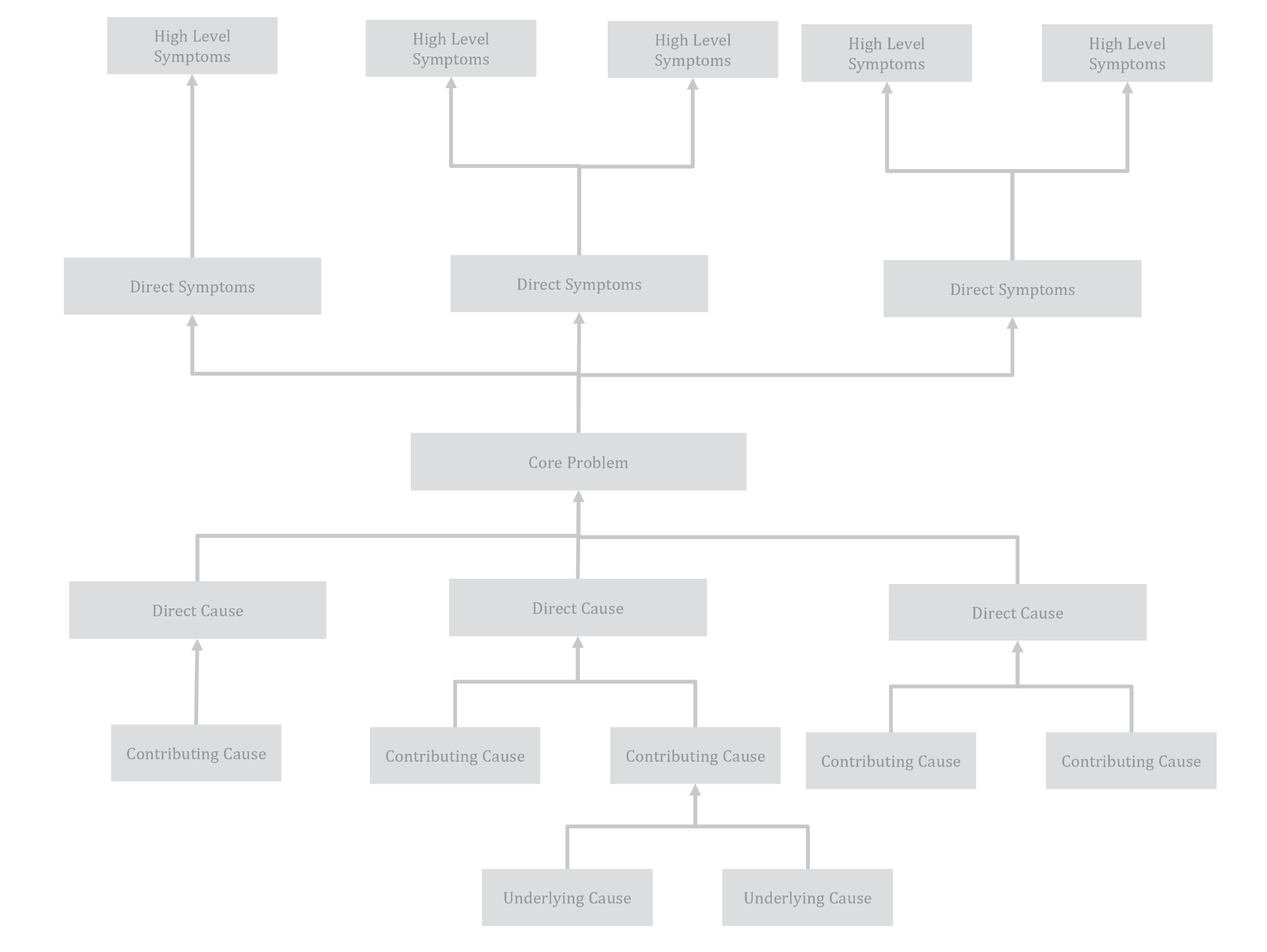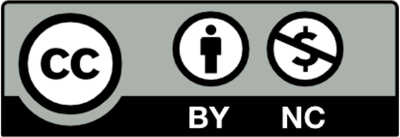Problem Tree
I want to design a project...
by analyzing the causes of problems, and their effects
This tool will enable you to analyze problems and their effects. It will also give you an idea of the solutions needed to solve problems down the road.

WHAT is it?
What is the root cause of a problem? Often there isn’t one simple answer. The bigger the problem, the more likely it is that its roots will be widespread, and mapping out the causes can quickly make the problem seem overwhelming.
The Problem Tree helps you think of a problem in a thorough manner and provides a structured way to analyze it. It pushes you to deconstruct all possible causes for the problem rather than the obvious ones. You can use it both to analyze a new problem and as a tool to highlight the gaps in an existing problem.
It also helps to differentiate causes from effects or symptoms, giving you a better idea of the solutions needed to solve a problem permanently, and it helps to build a shared understanding of what it is you’re working on.
HOW do I use it?
Teamwork: Involve people who know something about the issues and context that your project will operate in.
Visualize: If you can, share the video and UNITAS case study with your team to show how the Problem Tree works in practice. If you can’t, find another way for everyone to imagine a tree with its trunk, roots and branches.
Start work: Explore and define your core problem – this becomes the tree trunk. Then, take a look at the root causes of your problem, capturing each of these at the bottom of the tree. You may find there are lots of these!
Lastly, look up to the branches to define the effects (or consequences) of the problem and its causes. You now have your tree!
If you worked for UNITAS, one of the causes of waterborne illness could be that communities are using the Delta river for drinking water, with the effect being illness and death in children.
Lead the discussion: Use questions to draw out responses. Which causes are easiest, or most difficult, to address? Are you all thinking along the same lines? Do you need to re-frame the problem? Your roots and branches will change based on your discussion.
Once you are all on the same page, you have your Problem Tree. This takes time, but it’s worth it! Do this right, and you will have everything that you need to develop effective and grounded objectives.
WHEN do I use it?
You use this approach at the critical time before your project starts.
Who is involved?
Tips:
Additional Resources

Supported & Developed by:
Shared by:
Users are free to copy/redistribute and adapt/transform
for non-commercial purposes.
© 2022 All rights reserved.




